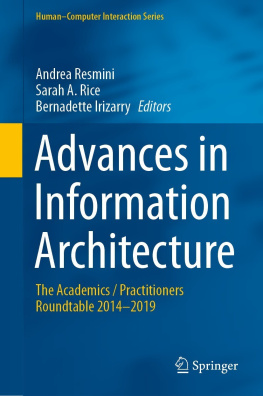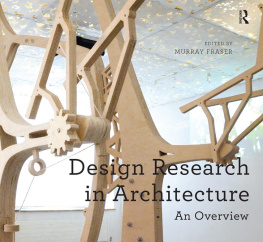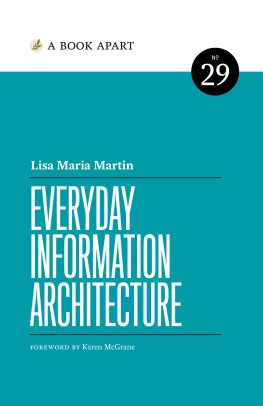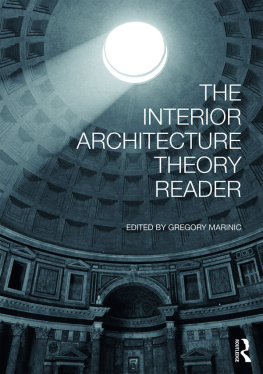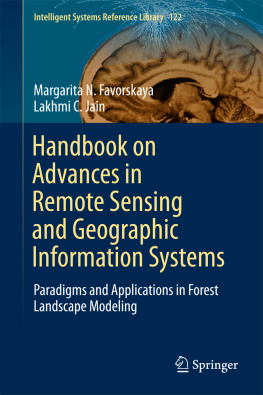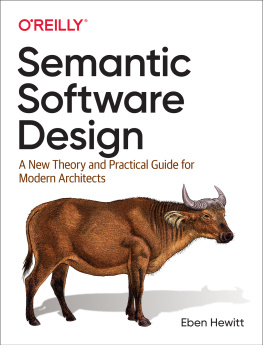Andrea Resmini - Advances in Information Architecture: The Academics / Practitioners Roundtable 2014–2019
Here you can read online Andrea Resmini - Advances in Information Architecture: The Academics / Practitioners Roundtable 2014–2019 full text of the book (entire story) in english for free. Download pdf and epub, get meaning, cover and reviews about this ebook. year: 2021, publisher: Springer International Publishing, genre: Home and family. Description of the work, (preface) as well as reviews are available. Best literature library LitArk.com created for fans of good reading and offers a wide selection of genres:
Romance novel
Science fiction
Adventure
Detective
Science
History
Home and family
Prose
Art
Politics
Computer
Non-fiction
Religion
Business
Children
Humor
Choose a favorite category and find really read worthwhile books. Enjoy immersion in the world of imagination, feel the emotions of the characters or learn something new for yourself, make an fascinating discovery.
- Book:Advances in Information Architecture: The Academics / Practitioners Roundtable 2014–2019
- Author:
- Publisher:Springer International Publishing
- Genre:
- Year:2021
- Rating:3 / 5
- Favourites:Add to favourites
- Your mark:
Advances in Information Architecture: The Academics / Practitioners Roundtable 2014–2019: summary, description and annotation
We offer to read an annotation, description, summary or preface (depends on what the author of the book "Advances in Information Architecture: The Academics / Practitioners Roundtable 2014–2019" wrote himself). If you haven't found the necessary information about the book — write in the comments, we will try to find it.
This volume reveals the history of Information Architecture (IA), reflects on the relationship between practice and research within the discipline, and presents educators with the latest models, frameworks and theories that have emerged from the Information Architecture Academics and Practitioners Roundtable between 2014 and 2019. The most comprehensive and up-to-date overview of Information Architecture so far, this collection is a valuable tool for teachers, researchers, and practitioners interested in recent advances in information architecture in areas such as pervasive computing and embodiment, artificial intelligence, design practice, diversity and ethics in design, and critique.
The information landscape has grown more complex, porous and connectedthe information challenges of smart phones, sensors and IoT demand focused attention from organizations that often embrace a move fast and break things ethos.This book not only explores the shift from Classical IA to Contemporary IAit asks, are todays creators prepared to solve the challenges ahead? Have industry-led disciplines abdicated their responsibility to the people who inhabit current information environments? Will this discipline persist?
Advances in Information Architecture examines the maturity of the field, revisits the disciplines efforts to transform itself in 2013 with the publication of Reframing Information Architecture, and considers the opportunities that remain to bridge the academic and practitioner communities.
Andrea Resmini: author's other books
Who wrote Advances in Information Architecture: The Academics / Practitioners Roundtable 2014–2019? Find out the surname, the name of the author of the book and a list of all author's works by series.

